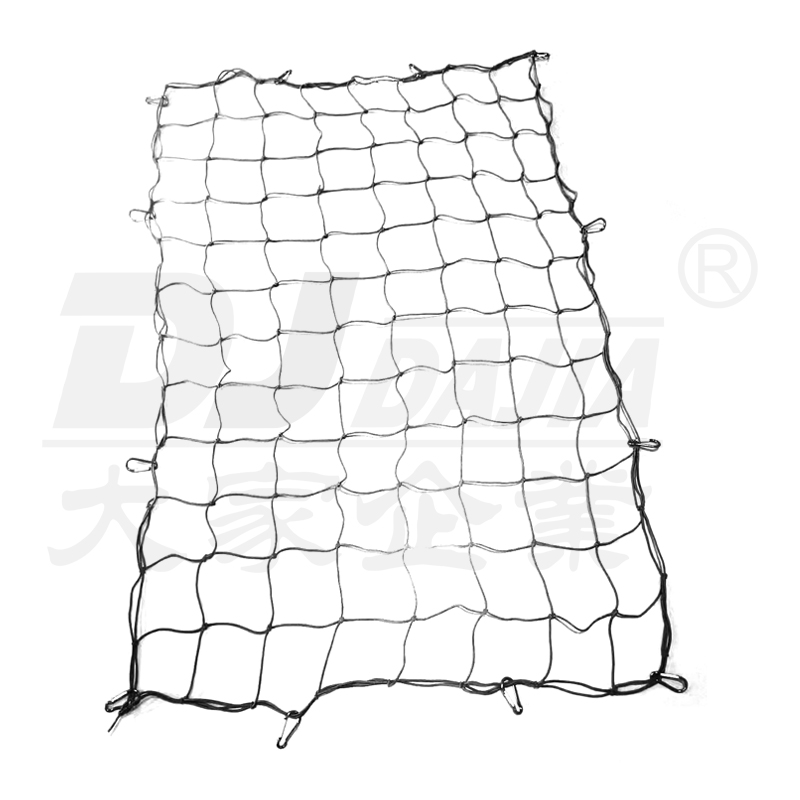Before the advent of Pickup Truck Elastic Cargo Nets, the methods for securing cargo in transport were diverse and often relied on ingenuity and the materials available at the time. Historically, the need to secure goods during transport has been a critical concern, especially as societies began to rely more heavily on trade and transportation networks.
In ancient times, the primary methods for securing cargo involved basic materials such as ropes and chains. For example, the Greeks and Romans used thick ropes made from natural fibers like hemp or flax to tie down goods on carts and ships. These ropes were often woven tightly to create strong and durable ties. The Romans, known for their advanced engineering, also utilized wooden structures and bars to stabilize cargo in their wagons and transport vessels. This rudimentary approach provided some level of security but was limited by the rigidity and potential for wear and tear of the materials used.
As transportation technology progressed through the Middle Ages, so did the techniques for securing cargo. During this period, the use of leather straps and metal clasps became more common. Leather, treated and reinforced, offered flexibility and strength, while metal clasps provided an added level of security. Caravans and freight wagons, crucial for trade along the Silk Road and other routes, employed a combination of these materials. The addition of metal reinforcements to wooden wagons helped secure heavy loads and prevent shifting during travel over uneven terrain.

With the advent of the Industrial Revolution in the 18th and 19th centuries, the methods for securing cargo saw significant advancements. The introduction of steel and iron materials allowed for the development of more robust securing systems. Metal chains and hooks became prevalent, and cargo was often secured using a combination of chains, ropes, and wooden braces. These innovations were essential for handling the increased volume and weight of goods transported by rail and steamships. The design of cargo holds and transport vehicles also evolved to better accommodate these new securing methods, with dedicated features to anchor chains and ropes effectively.
Despite these advancements, securing cargo remained a challenging task, especially for irregularly shaped or oversized items. The limitations of traditional methods were evident, as they often required considerable manual effort and adjustment to ensure a secure fit. This is where the introduction of elastic cargo nets in the late 20th century marked a significant evolution. The use of synthetic elastics allowed for a versatile and adaptable solution, capable of conforming to a wide range of cargo shapes and sizes. Unlike earlier methods, which relied heavily on rigid materials and manual adjustments, elastic cargo nets provided a more flexible and user-friendly approach to securing goods.
Today, elastic cargo nets represent a culmination of historical methods and modern advancements. They offer enhanced versatility, durability, and ease of use compared to their predecessors. However, understanding the historical context of cargo securing methods highlights the progress made and the importance of innovation in addressing the ever-evolving needs of transportation and logistics.

 EN
EN  Español
Español get a free quote
get a free quote
















